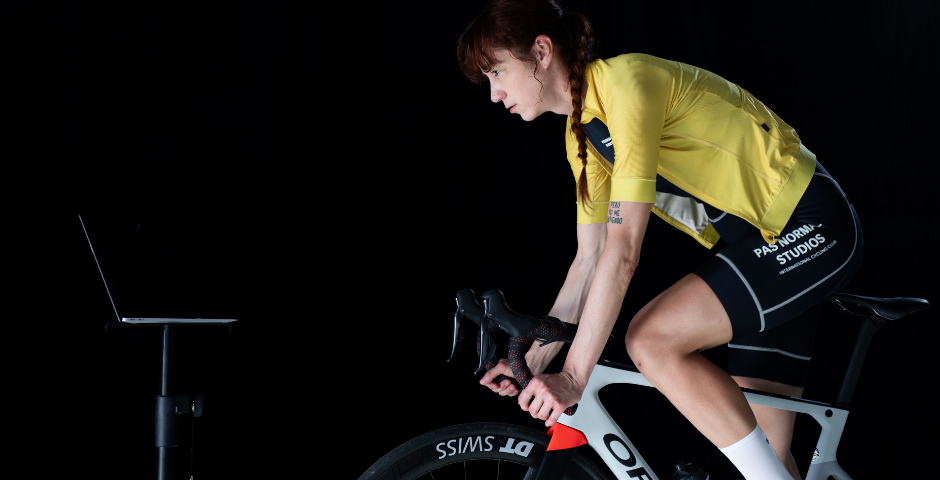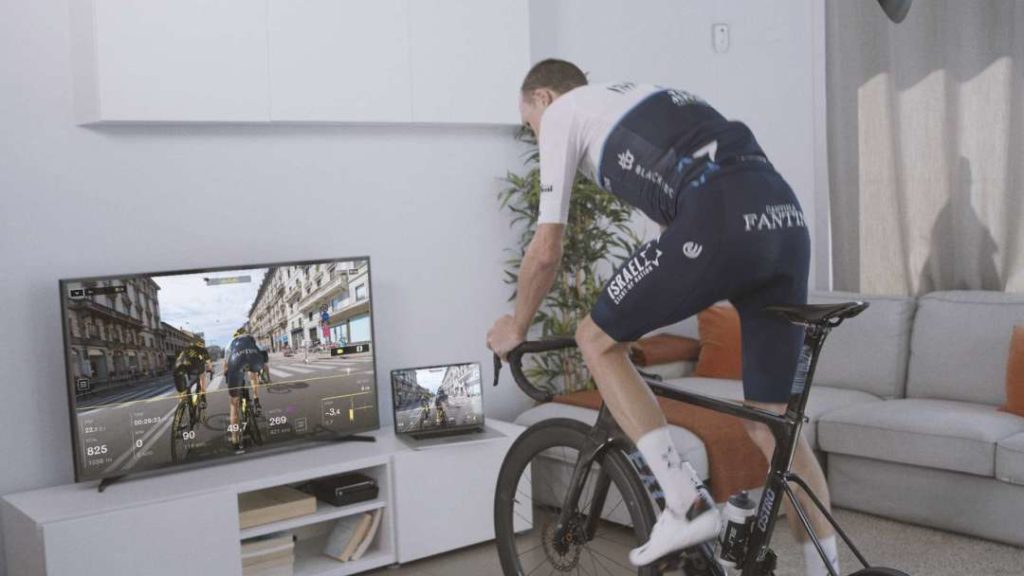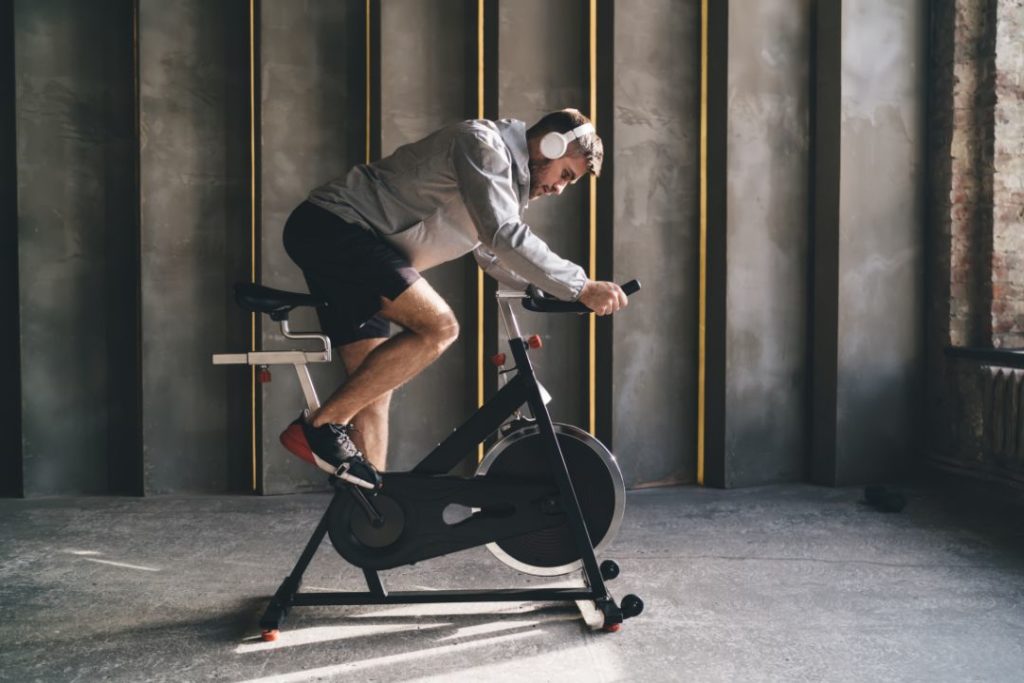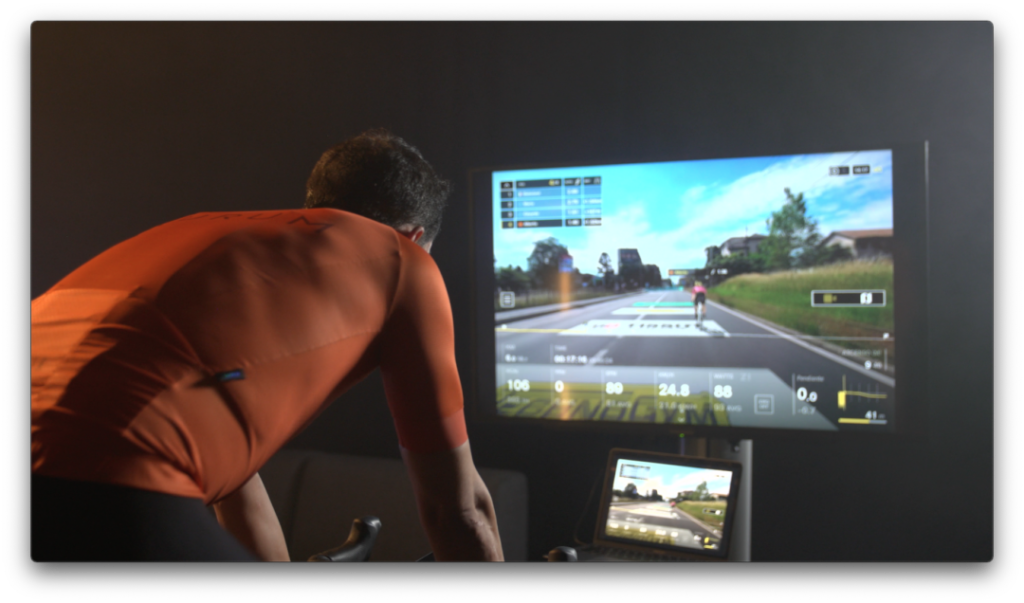Have you heard this debate about the best pedaling cadence. There is no perfect cadence for all cyclists and situations. Why? Because there is no standard cadence. There are, however, recommendations based on several variables.
The best pedaling cadence
First of all, it’s worth noting that there is no specific optimal pedaling cadence for all cyclists. There are no definitive studies, data, or information that have determined a cadence par excellence.
The ideal cadence is highly personalized, since it depends on so many physical, physiological or genetic factors.
However, it is clear that training or competing at low cadences is not the same as training or competing at high cadences. In general, professional cyclists tend to maintain very high cadences, since cycling experience is directly related to pedaling frequency. The higher the degree of training and cycling practice, the higher the cadence tends to be.
In the opposite case, when a low cadence is maintained, more force is exerted in the downstroke, with more time to rest in between. In other words, it requires more force on the down cycle, and provides more time to recover on the up cycle.
What is the best pedaling frequency for me?
Although there is no optimal cadence for all cyclists and situations (not even for the same cyclist at different times), there are recommendations that you can take into account to test and establish your pedaling cadence guidelines.
As an amateur cyclist, what cadence will work best for you? It’s up to each rider to find the frequency at which he or she rides most comfortably. However, it is true that the most common ranges are between 80-90 rpm.
One of the factors that determine the pedaling frequency is the distance covered:
– If it is a short duration, it is best to maintain a cadence equal to or greater than 100 rpm.
– If it is a long distance, the optimal cadence is around 80 rpm.
– If it is an ultra-endurance race, ride between 60-70 rpm.
Remember: these are just guidelines, so if you’re comfortable with your cadence for the distance you’re riding, then that’s perfect for you.
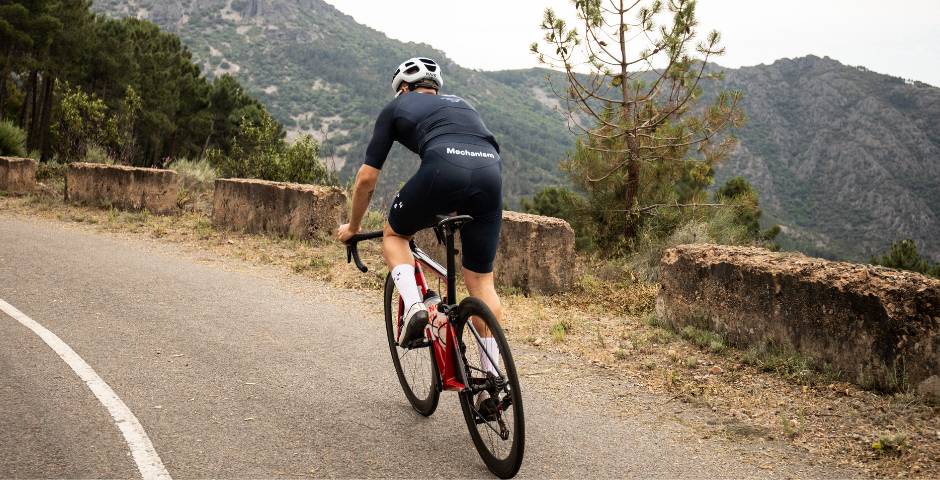
More recommendations to keep in mind
As we’ve seen, the most reasonable cadence is usually between 60 and 110 rpm. Within this range, pedaling will be more efficient depending on multiple factors, one of them being power. It’s been proven that higher wattage output will result in a higher cadence being the most efficient.
What if I go outside this range of 60 – 110 rpm? A pedaling cadence higher than 110 rpm is usually not efficient for medium and long efforts, but it is for short sprints where your priority is maximum power generation.
On the other hand, riding at a cadence lower than 60 rpm with a high application of force can be harmful to your joints. It’s better to avoid it.
It is advisable to train at different cadences, as this improves your pedaling technique and motor efficiency. Sometimes a cadence is chosen only because no other cadence has ever been tried!
Conclusion
Listen to your body. Don’t become obsessed with riding at a cadence higher or lower than your body demands during a workout. If you want to become more comfortable with understanding cadence, try BKOOL. This realistic cycling simulator has settings that allow you to configure and personalize your training and discover what works best for you.
 Go to BKOOL
Go to BKOOL
